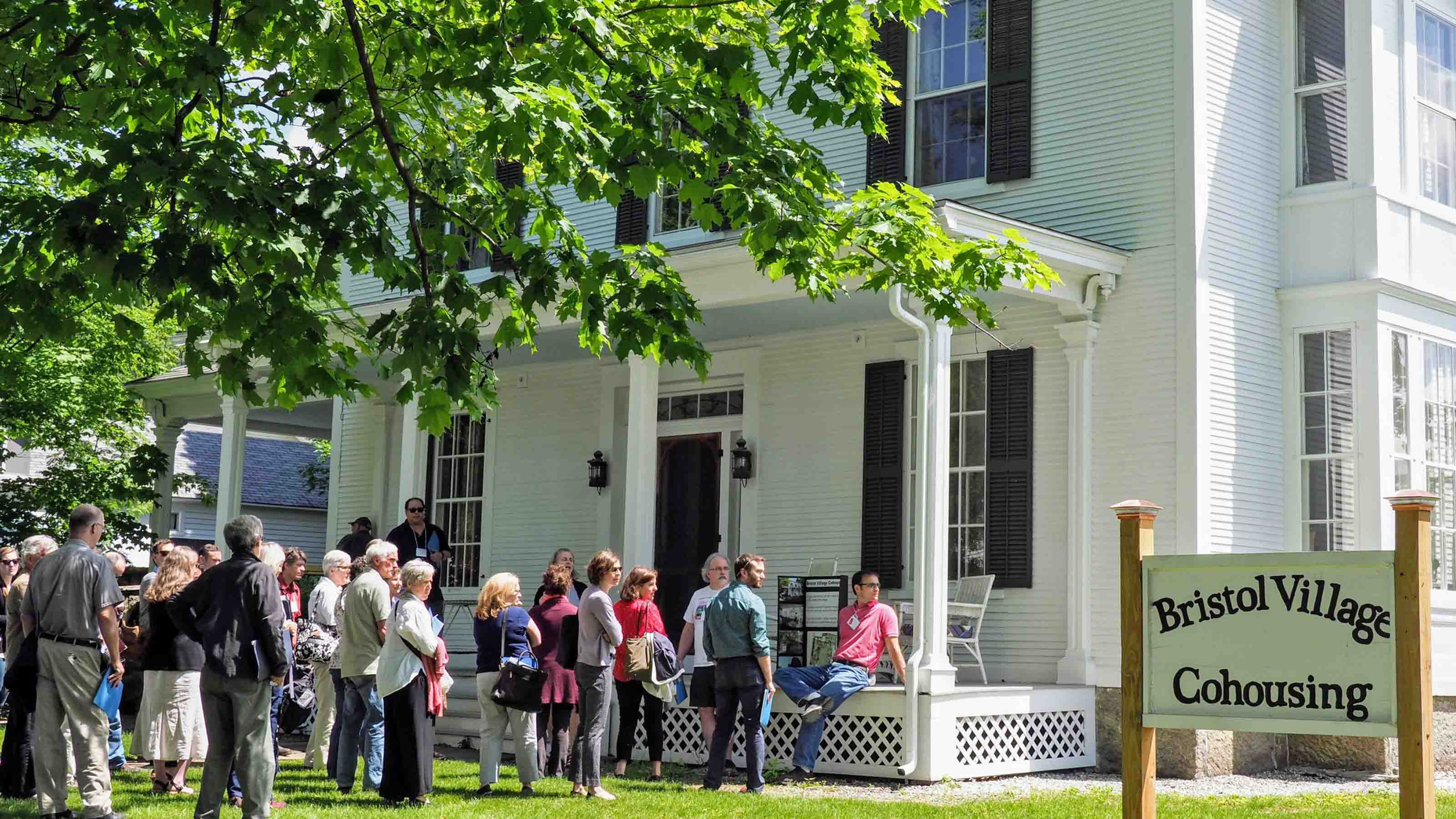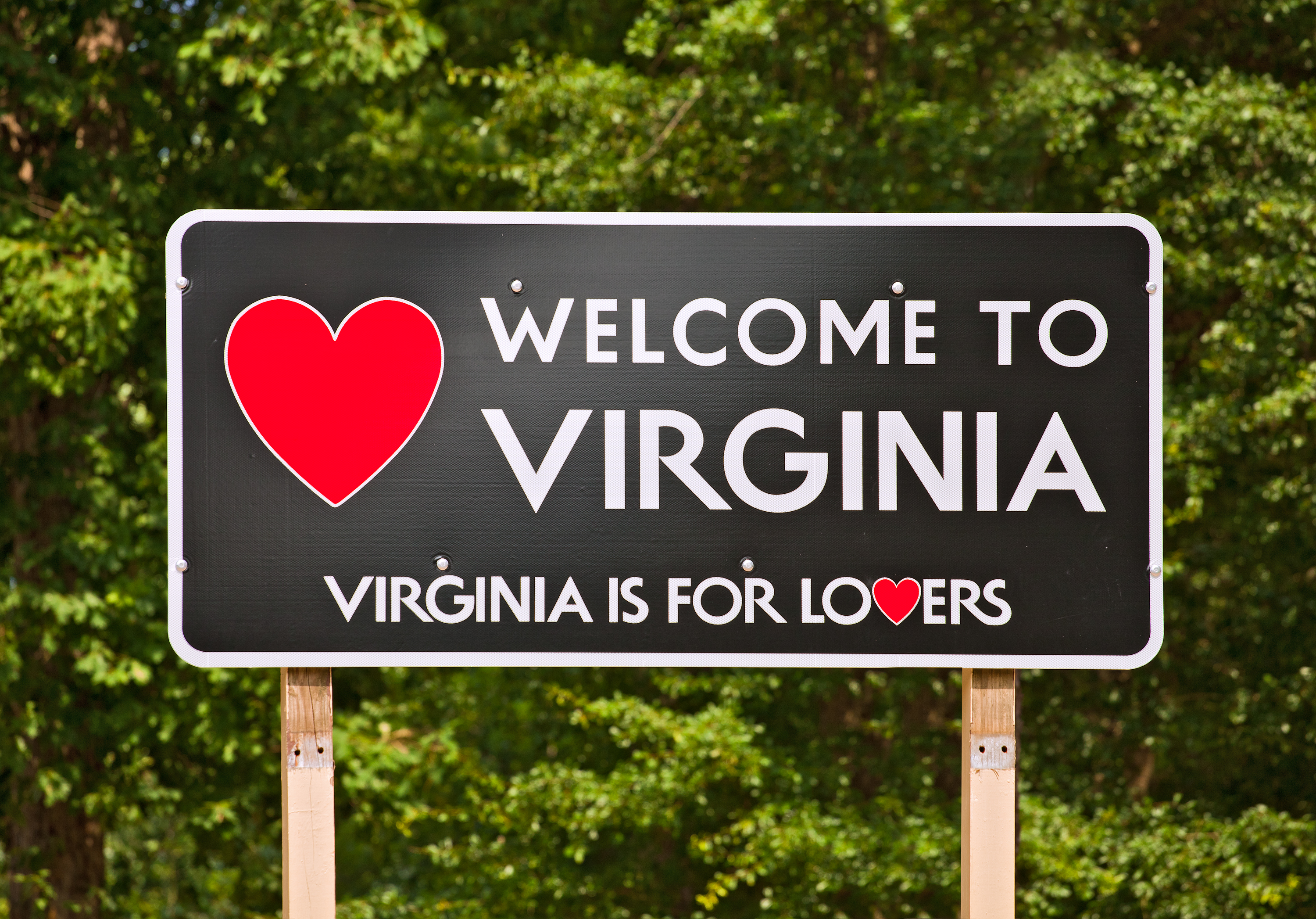Retirees: Cohousing is Growing. Is it Right for You?
This model of housing is designed to increase interaction. For some retirees, this is a draw. But you should know the details.

For Shelly Parks, cohousing and its emphasis on close community ties appealed for both professional and personal reasons. A former marketing professional for large retirement communities, Parks felt like something was missing. “We crave connectedness, but our culture doesn’t do a great job of allowing it,” she says. “Cohousing gave me the answer I was looking for.”
Often confused with other types of living arrangements, like shared living or even communes, cohousing combines private homes with shared, common spaces, often in a village-like setting. Cohousing may be multigenerational or exclusively for retirees, but unlike other communities, facilitating social interaction is a big part of the cohousing model. Residents are typically expected to share in the community’s joint needs—so-called “workdays” to spruce up gardens or service on a committee, for instance—with decisions managed as a group, by consensus or consent. Five years ago, Parks left her corporate job and founded a cohousing consulting firm. Now, she and her husband will move into Skagit Commons, a cohousing community in Anacortes, Wash.
From just $107.88 $24.99 for Kiplinger Personal Finance
Become a smarter, better informed investor. Subscribe from just $107.88 $24.99, plus get up to 4 Special Issues

Sign up for Kiplinger’s Free Newsletters
Profit and prosper with the best of expert advice on investing, taxes, retirement, personal finance and more - straight to your e-mail.
Profit and prosper with the best of expert advice - straight to your e-mail.
Many people have made a similar choice, adopting the cohousing lifestyle. In the U.S. today, there are 172 established communities, according to the most recently available numbers from the Cohousing Association of the United States. Another 105 communities are forming, and 20 are under construction. Trish Becker-Hafnor, executive director, adds that the actual numbers may be larger, as the data is still being analyzed to chart growth.
The housing concept has also experienced some growing pains, as well as the occasional financial failure. Rocky Corner, a 30-unit, 33-acre cohousing community in Bethany, Conn., is one example. The first cohousing experiment in the state, Rocky Corner collapsed into foreclosure earlier this year after a decade of planning, leaving some senior investors with lost money and no homes. Troubles were largely blamed on unanticipated costs and bureaucratic delays that piled on the debt and dragged out the project’s timeline. Because the infrastructure is completed and 22 homes built, the community is hopeful that development will continue at some point.
Still, investing in a new cohousing project inherently has a higher and different level of risk than purchasing a new home from a home builder or condominium developer because buyers must commit more money upfront to help develop these communities. Those risks especially matter now because of the impact that high inflation has on all housing developments and construction costs.
Although it’s an unusual case because the failure occurred so close to completion, Rocky Corner does highlight the biggest risks that all cohousing communities face, which can be described as the four M’s: market conditions, members, money and management. “Most cohousing projects that lose money and time have failed in the early feasibility stage, mostly because people have unrealistic expectations,” says Jim Leach, a cohousing pioneer and founder of residential and multiuse development firm Wonderland Hill Development Co. in Boulder, Colo. Leach helped develop the nation’s first cohousing community and many others during his five-decade career.
For instance, when a project inks a final construction budget based on finished plans and specifications and has all planning approvals in place, it generally needs to have committed buyers for 70% to 90% of the homes to secure construction financing, Leach notes. “In today’s financial underwriting world,” he says, “committed buyers will likely need to have 20% or more of the price of their homes invested in the project before the final construction loan is approved to close.”
People who are attracted to cohousing often want to be part of “‘creating the dream,’ so to speak,” says Leach, who lives in Silver Sage Village Senior Cohousing in Boulder, Colo., a cohousing community he and his company planned and developed from 2003 to 2007. “But if you really want to lower the financial risk, the best thing you can do is buy into a community that’s already established or nearing completion.”
Community commitment is a key element of any cohousing endeavor, and it’s more than just the number of qualified member buyers, Leach says. A cohousing development requires strong community decision making, team building and social connections right from the start.
In fact, successful cohousing communities typically began with a few, so-called “burning souls,” proponents say. Jim Mendell is one of them. For 27 years, he and his family lived in a Vermont home that was big on outdoor amenities but had little contact with neighbors. “Once we became empty nesters,” he says, “we wanted to have that sense of community where we know our neighbors could be part of our everyday lives.” He and his wife, Meg Kamens, started to explore cohousing and attended a few national conferences to learn more about it.
A visit to nearby Bristol, Vt., where a large, historic property near the town center was for sale, became the launchpad for a cohousing vision. Other buildings on adjoining land were also for sale. “We found partners and were able to mortgage the properties,” Mendell says. “We then put the word out locally, meeting in Bristol and surrounding towns.” Other families joined in, and the result was a plan for a 14-unit community of homes and the historic common house. With construction financing from a local bank, “we were off and running,” he says. “Within a year, we had sold all the units and were able to pay off the loan.” Bristol Village Cohousing was born in 2017, and five years later it has 31 residents between the ages of 11 and 80+.
The community is committed to sustainability, he says, so there are gardens and orchards, as well as 100% solar electricity. Shared tools include an electric lawn mower and snowblower, and residents have monthly community meals, chore days and social events.
Mendell enjoys Bristol Village’s built-in network of support and camaraderie. “We have a great group of families who have fun working and playing together,” he says. “I love living in cohousing. It’s really a throwback to the days when children could feel free to play outside, knock on anyone’s door and expect to be welcomed.” K Susan J. Wells
The cohousing way of life has its perks and tradeoffs, but retirees interested in these communities should take the time to understand and vet them in the following ways.
Know what cohousing is. “Cohousing tends to get a love/hate reaction when people first hear about it,” says cohousing consultant Shelly Parks. “It either appeals to you or it doesn’t.” The Cohousing Association of the United States can give you a good introduction to how cohousing works on its website (cohousing.org).
Explore fully before you act. Cohousing communities differ greatly in size, location, types of properties, number of homeowners, cost and expected shared commitment. So go beyond site tours to become familiar with everything. At Skagit Commons in Anacortes, Wash., for example, new potential members with interest are invited to be “explorers,” which, for a $100 fee, immerses them in the community for 30 to 90 days, Parks says. “In that timeframe, you get all questions answered by being observers in everything – from getting to know residents to attending business meetings.”
Scrutinize the financial and legal structure. Examine documents and bylaws if you can, and ask questions. Is income covering expenses? Are there sufficient capital reserves? Who is the community’s financial partners? What surprises have cropped up and how did the community handle them? Do they operate as a homeowners association, and if so, how are HOA fees divvied up?
Assess the project designers, architectural experts and construction team involved. Getting a firm sense of the knowledge, experience and financial capacity of the developers and builders is crucial, says cohousing pioneer Jim Leach. Varied skill sets of founders and residents are also helpful to know.
Evaluate member recruitment and sales momentum early on. Pre-sold levels and sustained interest, even when properties change hands, are the must-have commitments that will drive success.
Understand how the community is managed. Jim Mendell, a cohousing resident in Vermont, finds this type of community’s self-governing style of sociocracy effective. “In this decentralized system, I can trust others to make decisions that work for me,” he says, “and I don’t need to be involved in every detail.”
Profit and prosper with the best of Kiplinger's advice on investing, taxes, retirement, personal finance and much more. Delivered daily. Enter your email in the box and click Sign Me Up.
-
 I'm 59 with $1.7 million saved and lost my job. Should I retire?
I'm 59 with $1.7 million saved and lost my job. Should I retire?We asked professional wealth planners for advice.
-
 4 Times to Say Yes to a Roth Conversion and 4 Times to Say No
4 Times to Say Yes to a Roth Conversion and 4 Times to Say NoRoth conversions should never be done on a whim — they're a product of careful timing and long-term tax considerations. So how can you tell whether to go ahead?
-
 A 4-Step Anxiety-Reducing Retirement Road Map
A 4-Step Anxiety-Reducing Retirement Road MapThis helpful process covers everything from assessing your current finances and risks to implementing and managing your personalized retirement income plan.
-
 ‘I Play Pickleball in Retirement.’ Is It HSA-Eligible?
‘I Play Pickleball in Retirement.’ Is It HSA-Eligible?Retirement Tax Staying active after you retire may be easier with these HSA expenses. But there’s a big catch.
-
 Ten Cheapest Places to Live in Virginia
Ten Cheapest Places to Live in VirginiaProperty Taxes The Commonwealth of Virginia has some cheap places to live. Here are a few if you hate paying property taxes.
-
 How to Help Your Children Buy a Home
How to Help Your Children Buy a HomeFamily Finances If you want to help your children buy a home your options range from family loans to outright gifts.
-
 Honey, We Need to Talk About Money
Honey, We Need to Talk About MoneyWomen & Money Instead of focusing on the numbers, couples might have more success discussing their goals.
-
 Finding a Sense of Purpose in Retirement
Finding a Sense of Purpose in RetirementHealthy Living on a Budget Religion and mentorship are both fulfilling paths for retirees.
-
 Don’t Let COVID-19 Derail Your Retirement
Don’t Let COVID-19 Derail Your Retirementretirement Yes, many of us have taken a big hit. Stick to your principles — and be flexible.
-
Expect Surprises in Retirement
Making Your Money Last Financially, your experiences have been mixed—and sometimes eye-opening.
-
 Hitting My Stride In Retirement
Hitting My Stride In Retirementretirement We’ve visited nine national parks since we retired, and next year we’re heading to Acadia in Maine.